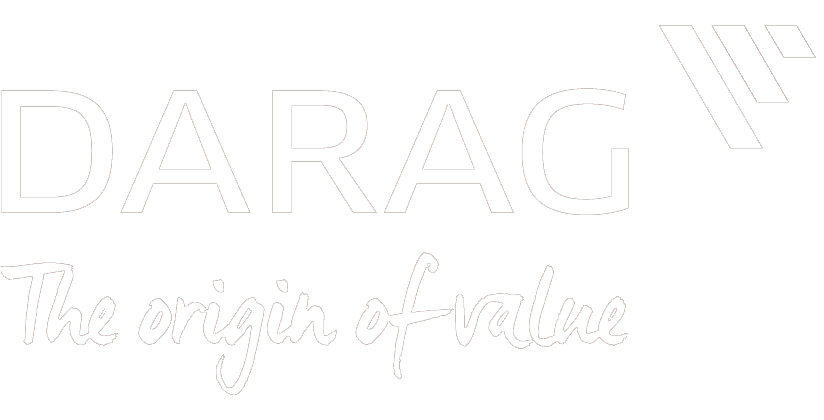The success of many organisations depends upon their ability to collaborate and communicate with others effectively in a virtual environment.
All too often it goes wrong, leaving some individuals feeling isolated or frustrated, and struggling to achieve their goals with projects going off track.
People often think that everything they have learnt in the physical world can be translated into online presentations and meetings, but in reality it can’t.
Built on practical examples, learnings from business psychology and neuroscience, this practical session gives you a toolkit you can use to increase your virtual impact.
Learning objectives
- Understand where virtual communication goes wrong
- Be able to adapt structure and content to make an impact virtually
- Harness the power of the voice to maximise engagement
- Know how to keep people engaged and build rapport
- Understand what a virtual audience wants
Webinar outline
Designed as a highly interactive 90-minute webinar.
1. Welcome, agenda, overview
- What are your experiences of virtual communication, good or bad?
- As remote communication becomes far more commonplace at work, different platforms mean we’re more and more often presenting ideas to a virtual audience
- Agenda, objectives
- What do virtual audiences want?
2. The three channels of virtual communication
- When we communicate, we’re in control of three channels: how we sound, what we say and what we show
- When we work virtually this can mean we’re either using three channels or two (telecon)
- What can get in the way?
- Being slumped over a laptop can often reduce impact in posture, how you look and also how you sound since it compresses your chest
- Using your voice to maximise engagement
3. Visual aids virtually
- When you can’t see the people you’re speaking to it can be easy for them to get distracted by doing some work, speaking to a colleague or eating lunch
- Making sure you use visual aids that keep people focused and avoid distractions
- Keeping detail to a minimum where possible to avoid overwhelm (cognitive load theory)
4. Building rapport in a virtual environment
- In a face-to-face meeting, time is dedicated to building relationships
- Often this is forgotten when you’re on a virtual call – or it’s much shorter than it would be if you’re physically together
- Making sure you allow enough time
5. Action plans and next steps
- Participants reflect on their next steps and how they will implement their learning in the workplace
- Each person makes a commitment for what they will do differently in a group whiteboard which can be circulated to participants following the session as a reminder of their actions











